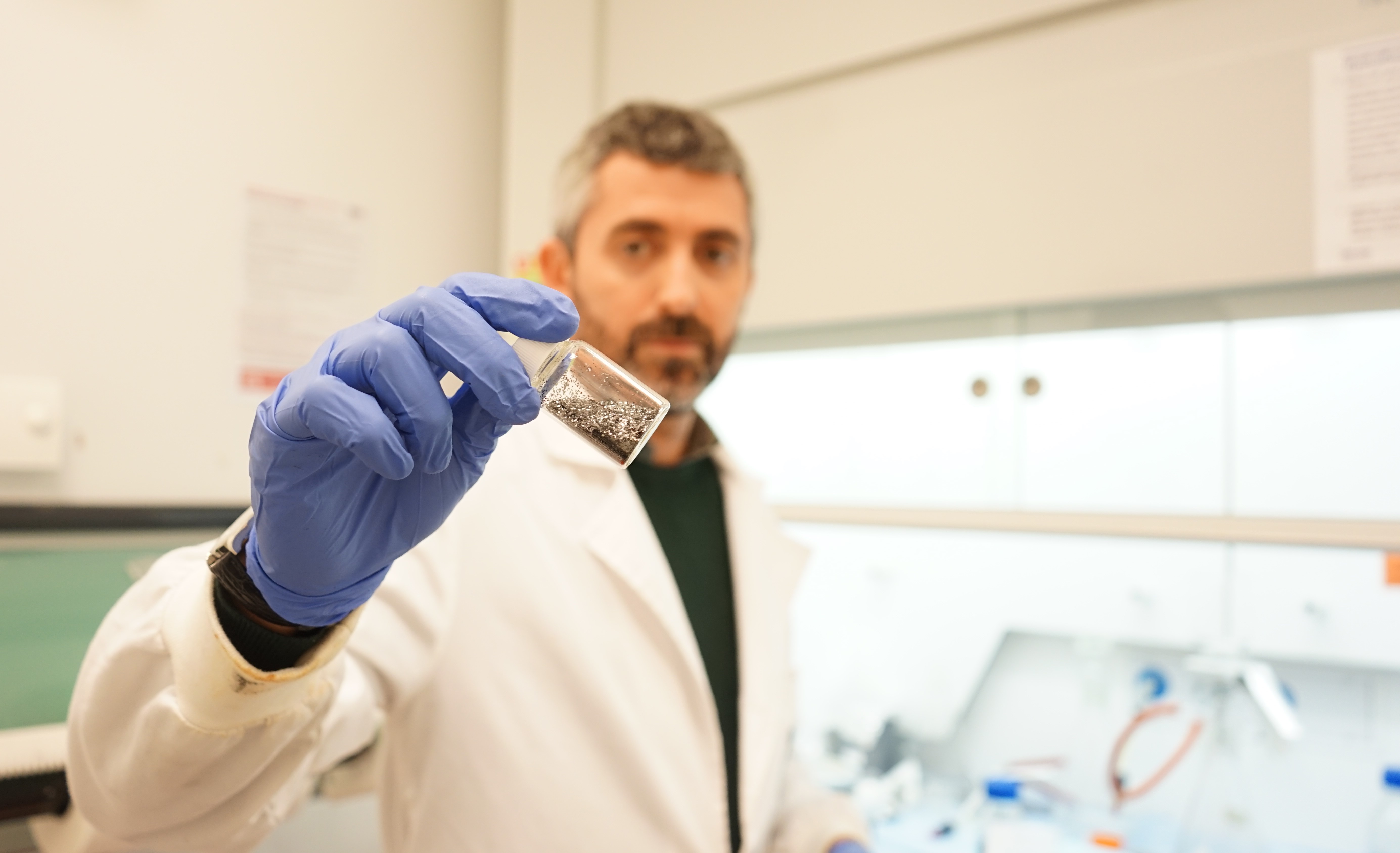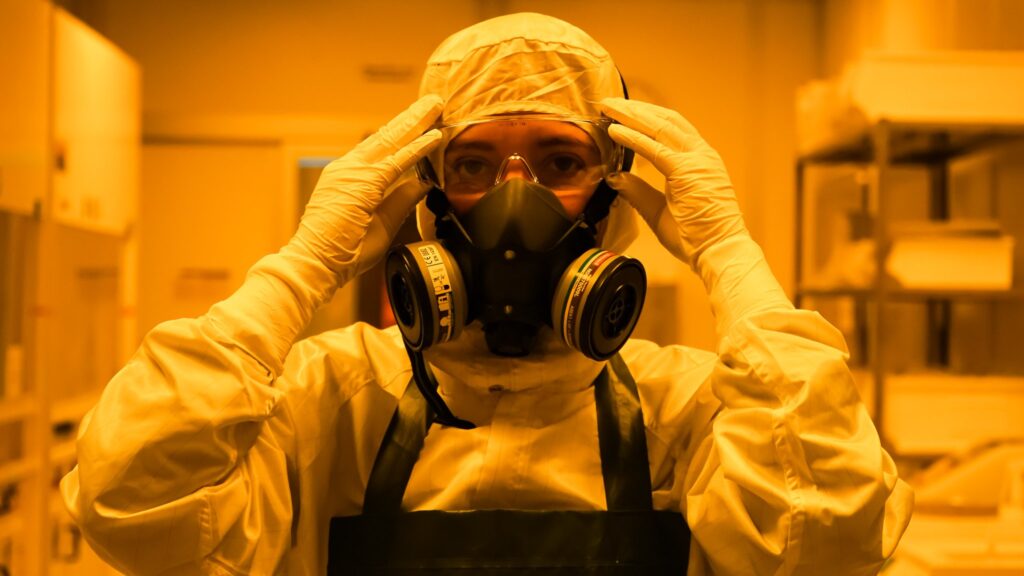The LEARN project team is focused on understanding how air quality in schools affects children’s learning abilities. This unique EU-funded project aims to overcome existing technological barriers and develop new sensors to detect harmful air pollutants like volatile organic compounds and ultrafine particles. By measuring and studying indoor and outdoor air pollutants, as well as biomarkers of exposure, the researchers will assess their impact on children’s cognition. To achieve the project’s goals, a diverse team of leading researchers from various fields, such as environmental epidemiology, toxicology, air quality, systems biology, engineering, and social sciences, was assembled. To further explore these effects, INL researchers are using C. elegans as biosensors. Nivedita Chatterjee, who works in the Nanosafety research group, explains that “at INL, we set up a non-mammalian alternative model to study toxicity, development and behaviour, and we have been obtaining fascinating results. This will help us to better learn the effect of air pollutants on children’s health“. With LEARN‘s scientific achievements, we will have long-term impacts on indoor air quality technology, significantly improving the quality of life for children in Europe and leading to positive changes in society and the economy. Learn more about LEARN project and follow the project on social […]
Read more


